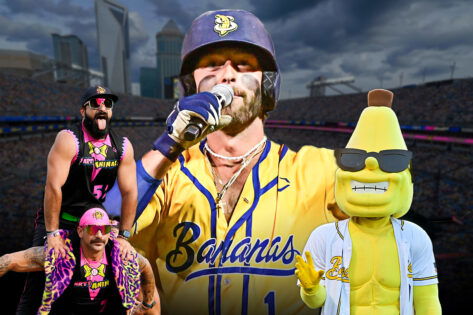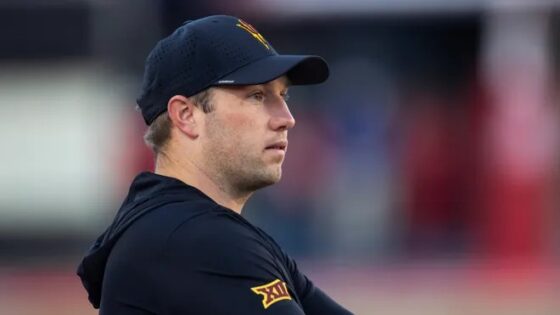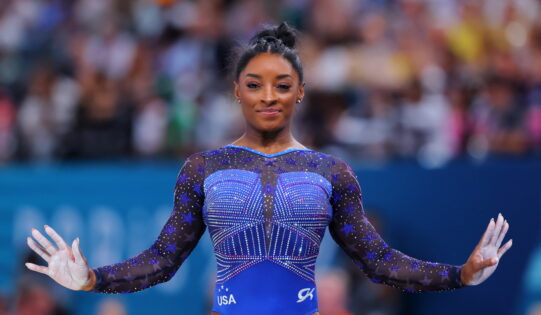Forget MLB, NHL, NBA, or any of the big-five American leagues. The real revolution is happening in the deeper pockets of the country. Be it Minor League Baseball (MiLB) or American Hockey League (AHL), small teams operating in regional markets are coming up with some of the most innovative ideas to engage fans. And drive more revenue. Call it avant-garde if you will, they have also seen the results.
A fan-first approach from minor teams
The minor league teams are breaking ground on fan engagement. From offering fans to traverse the same ground to merchandise sales, teams are taking various innovative strategies:
Northwest Arkansas Natural: The MiLB team partnered with Texas-based fast-food chain, Whataburger, in 2025 for the Field of Dreams program at Arvest Ballpark. They invite youth teams to enter the field and join the players for the National Anthem. The video board also displays the teams’ names.
Savannah Bananas: They play a modern-day spin on traditional baseball. Faster pace, more entertainment—swinging flaming baseball bats, or dancing on the field. Each game has a two-hour window. Moreover, if a fan catches the foul ball, it’s considered an out.
Worcester Bravehearts: The team, in a select few games, allowed their fans to decide new rules. The fans were allowed to vote on rules that were implemented for a certain period in the seven-inning game.
While that’s just the experience for fans in the stadium, the MiLB has a league-wide partnership with StellarAlgo, a sports consumer data platform that already has seven league partnerships, including the NBA. It helps MiLB teams to:
Segment fans into multiple buckets like new and returnee, and enable personalized marketing to each category of fans.
Offers rich data about when and how fans are buying tickets, their seating preferences, and how they want to engage with the team.
Funnels new fans to the larger MLB ecosystem, allowing MLB to centralize all accounts for streamlined communication with fans.
This has allowed MLB to reach out to fans with news of community initiatives, regional basketball clinics, and more. The minor league teams have also filled the gap between innings with a diverse range of activities: be it dizzy bat races, video board challenges, or cheering mascot dance contests.
Clearly, the minor league is where ‘things’ are really happening. But how do the minor leagues, without the glam and pomp of established leagues, make money? Once again, they rely on innovation and creative ways to generate revenue.
How do minor league teams stay profitable?
Minor Leagues have to rely heavily on fans because they generate a chunk of their revenue from ticket sales. A Sports Business Journal article pegged that 40-50% of the total revenue comes from tickets. Whereas, per Daily McPlay, the San Francisco 49ers earned only about 17% of their total revenue from ticket sales. The importance of fans becomes more evident when you think of this: The Dayton Dragons of MiLB have a record of hosting 1573 consecutive sold-out matches.
Next in line are regional sponsorships.
The Quad Cities River Bandits inked a stadium naming rights deal with fraternal financial services organization Modern Woodmen of America, valued at $2 million for 10 years.
Teams also sign unique beverage contracts with local breweries. For example, Hatfield & Sons, a Fort Wayne-based distillery, teamed up with Fort Wayne TinCaps to sell beverages at the stadium.
MBS International Airport partnered with the Saginaw Spirit, a Junior Ice Hockey team based out of Michigan. They also have a similar partnership with the Great Lakes Loons, a Dodgers affiliate.
Similarly, MiLB also has league-wide sponsorship deals with TruGreen, Allegiant Air, and other brands. The minor league teams also make money from beverage sales, merchandise, and local broadcast rights.
The American Hockey League’s Cleveland Monsters have a broadcasting rights deal with Rock Entertainment Sports Network.
According to sports business leader, Paul M. Fruitman, Frisco RoughRiders earned 20% of their total revenue from concession sales.
The Eugene, after rebranding to Exploding Whales, earned $1M from merch sales. The Rocket City Trash Pandas earned $4M from merch sales before even hitting the arena.
So, it might seem that minor league teams are struggling to stay afloat. The reality is far from that. They are vibrant. They are thriving. Thanks to their creative marketing efforts and fan-first business strategy.
The post From the Savannah Bananas to MiLB: Why Minor Leagues Are Sports’ Real Innovation Labs appeared first on EssentiallySports.



